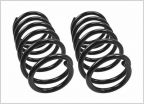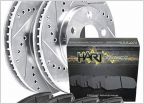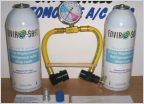-
Welcome to 4Runners.com!
You are currently viewing as a guest! To get full-access, you need to register for a FREE account.
As a registered member, you’ll be able to:- Participate in all 4Runner discussion topics
- Transfer over your build thread from a different forum to this one
- Communicate privately with other 4Runner owners from around the world
- Post your own photos in our Members Gallery
- Access all special features of the site
E g r deleat
Discussion in '2nd Gen 4Runners (1990-1995)' started by 59yearoldkid, Nov 30, 2020.


 Speedo Correction
Speedo Correction Post Mortem Timing Belt Replacement - Not for the Faint Hearted
Post Mortem Timing Belt Replacement - Not for the Faint Hearted New coils and 1.25" spacers, got rid of that sag!
New coils and 1.25" spacers, got rid of that sag! Recommended rotors and brake pads?
Recommended rotors and brake pads? How to recharge and/or refill the AC system?
How to recharge and/or refill the AC system? Spacers or springs for leveling rear end
Spacers or springs for leveling rear end
























